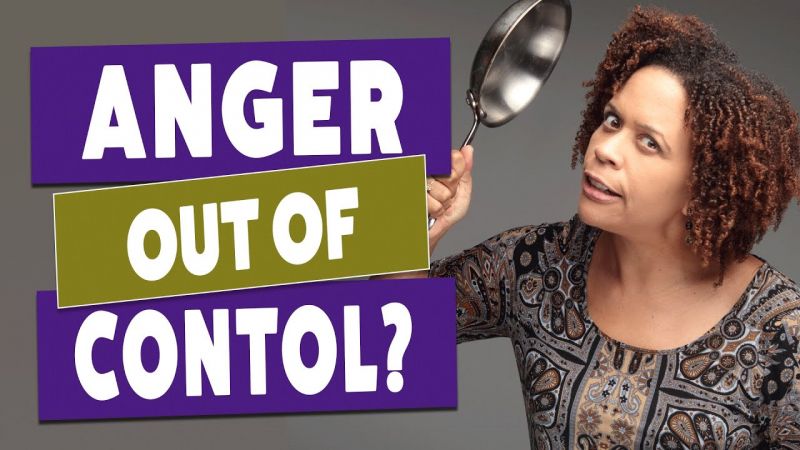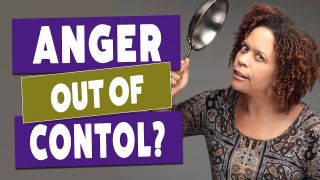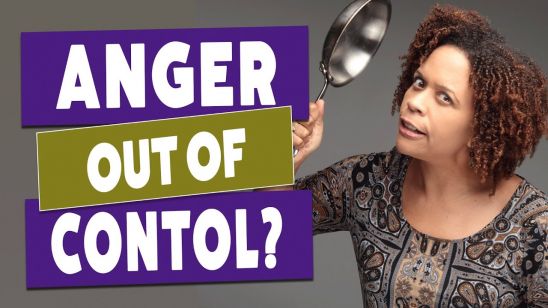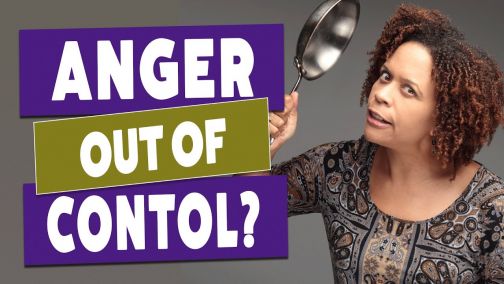Intermittent Explosive Disorder
Also known as IED
What is it?
Getting angry during a fight, argument or stressful scenario is common. Sometimes we scream and swear, or storm off without explanation. These reactions might not be the most productive, but they aren’t alarming. We all need to blow off steam from time to time.
However, some people lack a sense of control. They get angry easily and struggle to calm down once triggered. This is called intermittent explosive disorder or IED.
IED is an impulse control condition characterized by sudden episodes of extreme anger, physical violence and verbal aggression. People with IED struggle to control their emotional responses to things that make them upset. They are often hostile and impulsive, and may threaten to hurt other people and animals, or destroy property during an episode. It’s estimated that around 2.7% of the general population has IED.
What are the symptoms?
The primary characteristic of IED are intense episodes of anger that come on quickly and last anywhere from a few minutes to a half hour. After which, the person often calms down and expresses embarrassment or remorse for what they did. Less severe episodes may occur in between larger outbursts. The condition normally sets in during late childhood or early adolescence.
Behavioral symptoms include:
- Becoming extremely angry at a scenario or person that does not warrant it
- Yelling or screaming at others
- Starting intense arguments
- Throwing temper tantrums when upset
- Making violent threats
- Punching walls or breaking furniture
- Damaging property
- Starting physical fights
- Assaulting people that make them mad
- Abusing romantic partners (domestic assault)
- Having extreme road rage
Physical symptoms include:
- Headaches or head pressure
- Heart palpitations
- Chest tightness
- Muscle tension
- Tingling
- Tremors
- Sweating
- Hot flashes
- Feeling very energized
What are some common warning signs?
Most people experience intense anger every once in awhile. They may raise their voice loudly during a debate, or even throw things. This is not the same as IED. People with IED engage in regular displays of extreme aggression and hostility, and may be a threat to those around them.
If you’re concerned that a loved one has IED, pay attention to how they respond to stressful scenarios at home, school, work and with friends. Are they often aggressive and defiant? Do they get angry very quickly, almost without warning? Do they resort to pushing, shoving or punching people when angry? Do they threaten to hurt others over seemingly small disagreements? Are they hostile to coworkers or bosses? If so, you should find time to speak with them about their behavior and the concerns you have.
What causes IED?
The exact cause of IED is unknown. Doctors believe a range of factors play a role in its development, including:
- Being genetically predisposed (i.e. other family members struggle with IED or similar conditions)
- Enduring childhood trauma, such as being raised by physically abusive parents
- Having low levels of serotonin in the brain
Men are at a higher risk of developing IED than women. It tends to occur alongside other mental health conditions such as ADHD, antisocial personality disorder and borderline personality disorder.
How is it treated?
There are two primary treatment methods for IED — psychotherapy and medication.
Psychotherapy is a broad term that refers to a range of therapeutic approaches, one of which, is called Cognitive Behavioral Therapy (CBT). CBT is a therapeutic model that challenges negative thinking patterns and behaviors. It’s rooted in the idea that our attitudes greatly impact how we think and behave. In CBT, a therapist will help you replace negative thinking patterns and behaviors with more positive ones, in order to better manage worry and fear.
Behavioral Modification techniques can also be effective. This therapeutic approach aims to change negative habits and behaviors using a variety of methods such as boundary setting, consequence and reward systems, and token economies.
There is no medication approved specifically for IED. Oftentimes, a range of medications will be considered depending on the severity of a person’s symptoms. These include:
- Mood stabilizers: These help control manic and/or hypomanic episodes. Examples include Lamictal, Depakote, Lithobid and Equetro.
- Antipsychotics: Also known as neuroleptics or major tranquilizers, these help control symptoms of psychosis. Examples include Zyprexa, Risperdal, Seroquel), Abilifyand Latuda.
- Antidepressants: These help minimize symptoms of depression. There are many different types of antidepressants, including SSRIs, SNRIs, MAOIs and TCAs. Well known examples include Zoloft, Lexapro, Paxil, Celexa, Prozac, Effexor and Cymbalta.
- Anti-anxiety medications: Also called Benzodiazepines, these help minimize anxiety symptoms and improve sleep. Examples include Xanax, Klonopin, Valium and Ativan.
It’s important to remember that treatment plans are personalized. If you’re seeking help, make sure you work one-on-one with a doctor to create a plan that fits your needs. Just because a medication or therapy helps someone else recover, doesn’t mean it’ll be the right solution for you. Don’t ever feel guilty about asking for help, taking meds or going to therapy. Addressing your mental health is a productive and courageous thing to do.
How can I help a loved one with IED?
Helping a person with IED can be very hard. It’s common for them to get angry when confronted or asked to attend therapy. They may even be physically violent to you or other loved ones. If you are experiencing domestic violence or other forms of physical abuse, you do not have to stick around and put up with this behavior. Put yourself and your safety first.
That said, there are things parents, siblings, partners and friends can do to help encourage recovery:
- Educate yourself: Read up on symptoms, treatment options, and healthy living recommendations. Try and understand what your loved one is going through so you are better equipped to talk to them about it. This will also make you a valuable resource when it comes time to find treatment.
- Encourage healthy living: Sleeping well, eating nutritional foods, staying active and limiting substance use can be game changers for someone with a mental health condition. If they’re surrounded by people who promote this kind of lifestyle, they’re more likely to form healthy habits of their own. Try joining a fitness class together, or cooking meals at home using healthy ingredients.
- Advocate treatment: Asking for help can be hard. Societal stigma often keeps people from opening up to others about their symptoms. Support your loved one by helping them research different treatment methods, or doctors in their area. If they’d like, go to a few sessions with them. Remind them that there’s nothing weird about getting help, and that you’re proud of them for following through.
- Set boundaries: You want to be understanding of their symptoms, but that doesn’t mean you have to put up with everything. Make rules for what you will and won’t tolerate. Stick to these boundaries and follow through on consequences when they’re broken.
- Be patient: Don’t take it personally if they lash out at you. They are battling something that’s very hard to overcome. Their anger has nothing to do with who you are as a person.
What other resources are out there?
Want to learn more, find a doctor, join a support group or speak to a counselor? The below resources might be able to help:
- Child Mind Institute
- The American Professional Society of ADHD and Related Disorder (APSARD)
- Resource Treatment Center
- Crisis Text Line
- BetterHelp
- Psychology Today Directory
- American Psychiatric Association
- Medicaid Eligibility Information
- Open Path Collective
- Resources for POC, LGBTQ+ and disabled individuals
- Anxiety and Depression Association of America
- National Network of Depression Centers
- Medicine Assistance Tool
- NeedyMeds
- Erika's Lighthouse
- Anxiety Network
- Anxiety Central Forums
- National Social Anxiety Disorder Center
Support our work
We’re on a mission to change how the world perceives mental health.



















